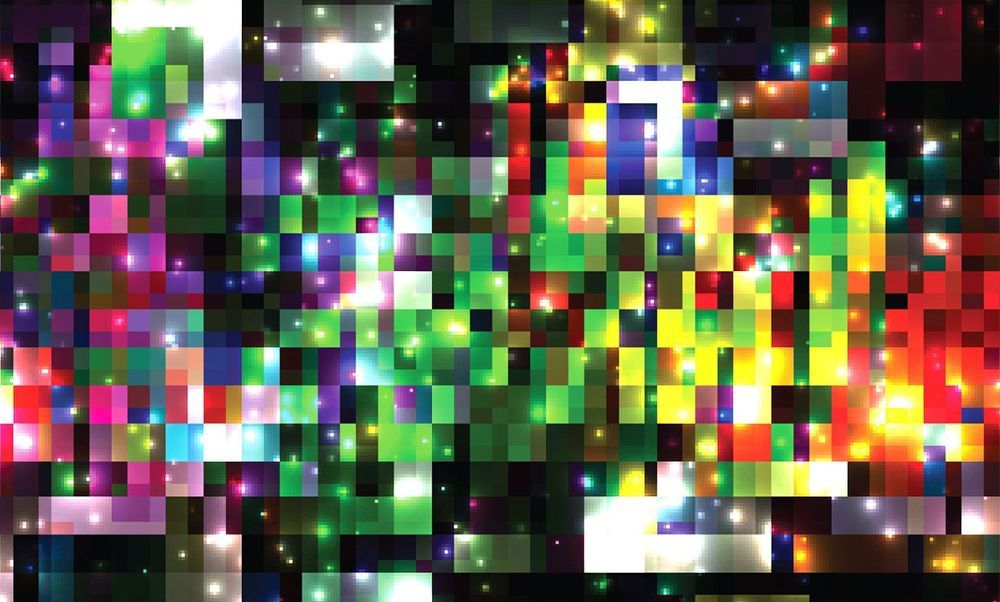“You’ve graduated from the school of spectral hard knocks,” Paul Tilghman, a U.S. Defense Advanced Research Projects Agency (DARPA) program manager, told the teams competing in the agency’s Spectrum Collaboration Challenge (SC2) finale on 23 October. The three-year competition had just concluded, and the top three teams were being called on stage as a song that sounded vaguely like “Pomp and Circumstance” played overhead.
“Hard knocks” wasn’t an exaggeration—the 10 teams that made it to the finale, as well as others who were eliminated in earlier rounds of the competition—had been tasked with proving something that hadn’t been demonstrated before. Their challenge was to see if AI-managed radio systems could work together to share wireless spectrum more effectively than static, pre-allocated bands. They had spent years battling it out in match-ups in a specially-built RF emulator DARPA built for the competition, Colosseum.
By the end of the finale, the top teams had demonstrated their systems could transmit more data over less spectrum than existing standards like LTE, and shown an impressive ability to reuse spectrum over multiple radios. In some finale match-ups, the radio systems of five teams were transmitting over 200 or 300 percent more data than is currently possible with today’s rigid spectrum band allocations. And that’s important, given that we’re facing a looming wireless spectrum crunch.
